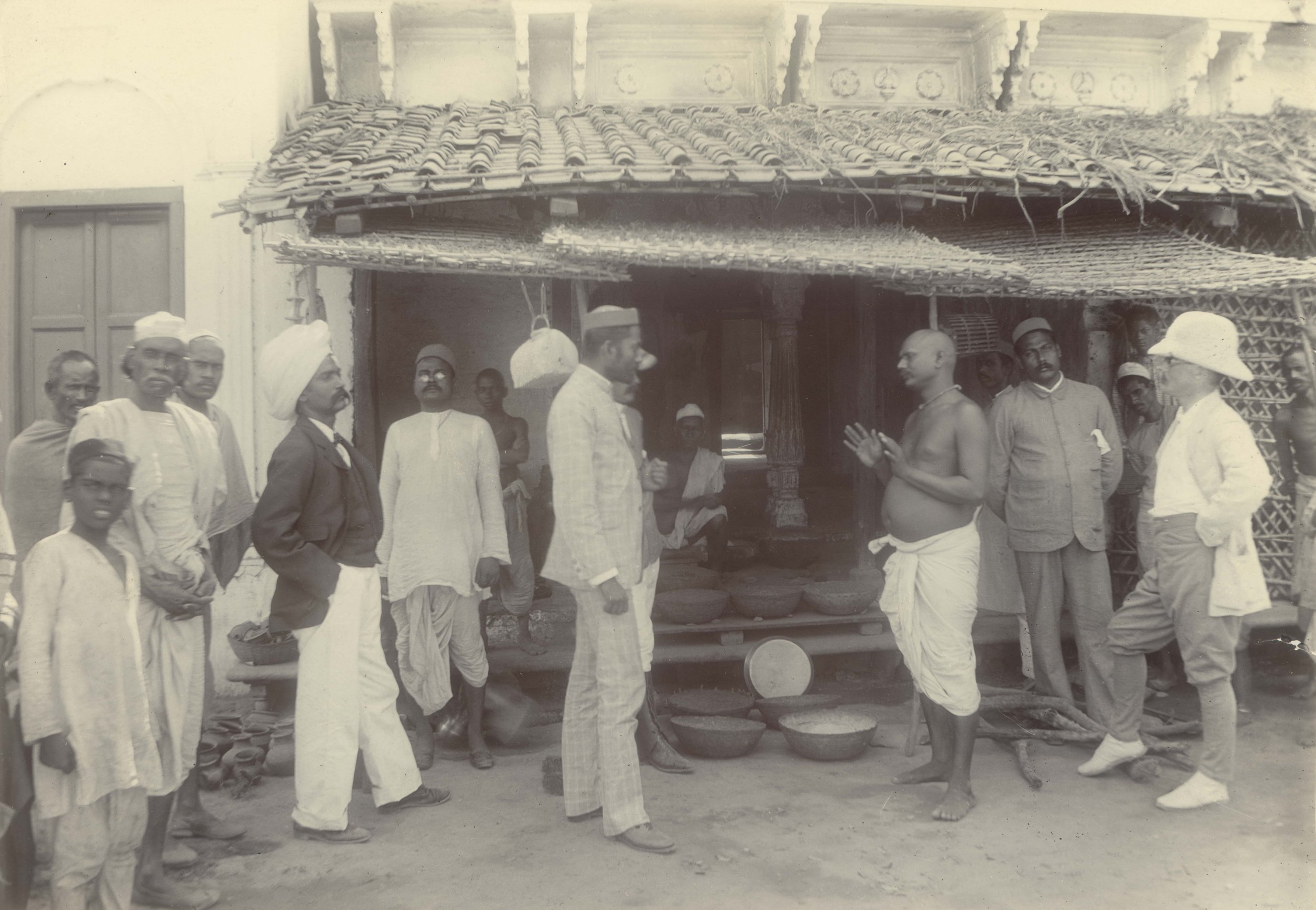Controlling the Plague in British India


The third plague pandemic broke out in Yunnan, China in 1855 and swept across the globe until 1955, causing the death of approximately 12 million people. Apart from being the first bubonic plague epidemic to reach all continents, it was also the first epidemic to be photographed extensively. These photographs provide a visual narrative with diverse perspectives on an epidemic that deeply impacted methods of disease control and response across the world.
An essay accompanied this exhibit written by social anthropologist Christos Lynteris. It explored the measures taken by colonial authorities in order to control the spread of the third plague pandemic in India. The exhibit also contained photographs courtesy of the research project on Visual Representations of the Third Plague Pandemic led by Lynteris.
About the Scholar
Christos Lynteris is a medical anthropologist. His research focuses on the anthropological and historical examination of epidemics, zoonosis, epidemiological epistemology, medical visual culture, colonial medicine, and pandemics as events posing an existential risk to humanity.
Funded by the Wellcome Trust with an Investigator Award in the Humanities and Social Sciences, Christos’s new project, The Global War Against the Rat and the Epistemic Emergence of Zoonosis (2019-2024), will examine the global history of a foundational but historically neglected process in the development of scientific approaches to zoonosis: the global war against the rat (1898-1948).














